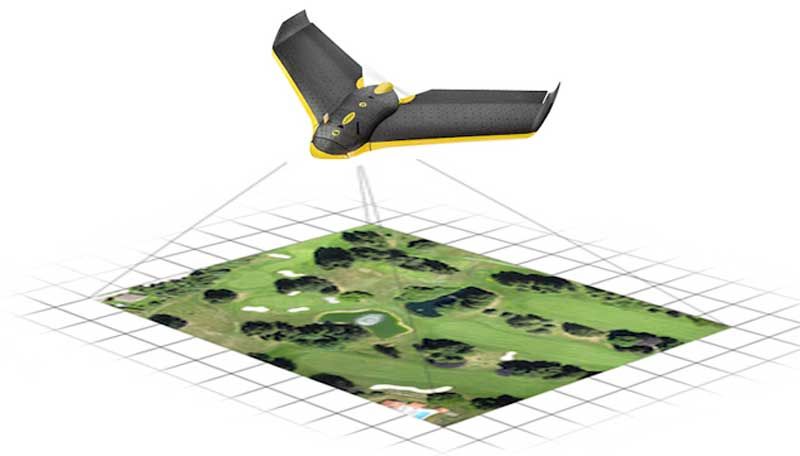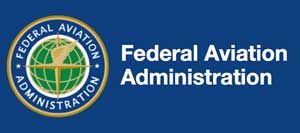
Robohub.org
FAA issues waivers for real estate and agricultural UAVs

The FAA granted two exemptions for commercial use of unmanned aircraft systems in U.S. airspace for real estate and agricultural crop scouting. But all is not as rosy as it appears.
 Both exemptions require the operator to maintain line of sight with the aircraft at all times during operations using an observer and a pilot who has an FAA private Pilot certificate and a current medical certificate.
Both exemptions require the operator to maintain line of sight with the aircraft at all times during operations using an observer and a pilot who has an FAA private Pilot certificate and a current medical certificate.
Scott Kesselman, writing for AUVSI News, and responding to my query about whether a real estate agent or farmer will want to hire a pilot/observer to abide by the line of sight and licensed pilot limitations. Or whether these waivers are ones that the ag and real estate industries can hold up and wave enthusiastically? Or are they meaningless? Kesselman responded as follows:
The way legislation is currently set up this is the company’s best action to take to operate commercially. Otherwise they wouldn’t legally be allowed to operate for profit at all.
The FAA is not currently giving waivers for beyond line of sight because they feel the technology isn’t there yet for reliable sense and avoid, flight planning, and UAS air traffic management to ensure safety.
All of the Section 333 petitions will require operations to be conducted in line of sight with an observer and that is the best they can do for now in this particular regulatory and technological environment.
With these restrictions, the FAA feels if something does go wrong, the pilot in command and observer are in a position to mitigate damages when the aircraft is in visible range.
tags: AUVSI, c-Politics-Law-Society, cx-Aerial, FAA regulations


